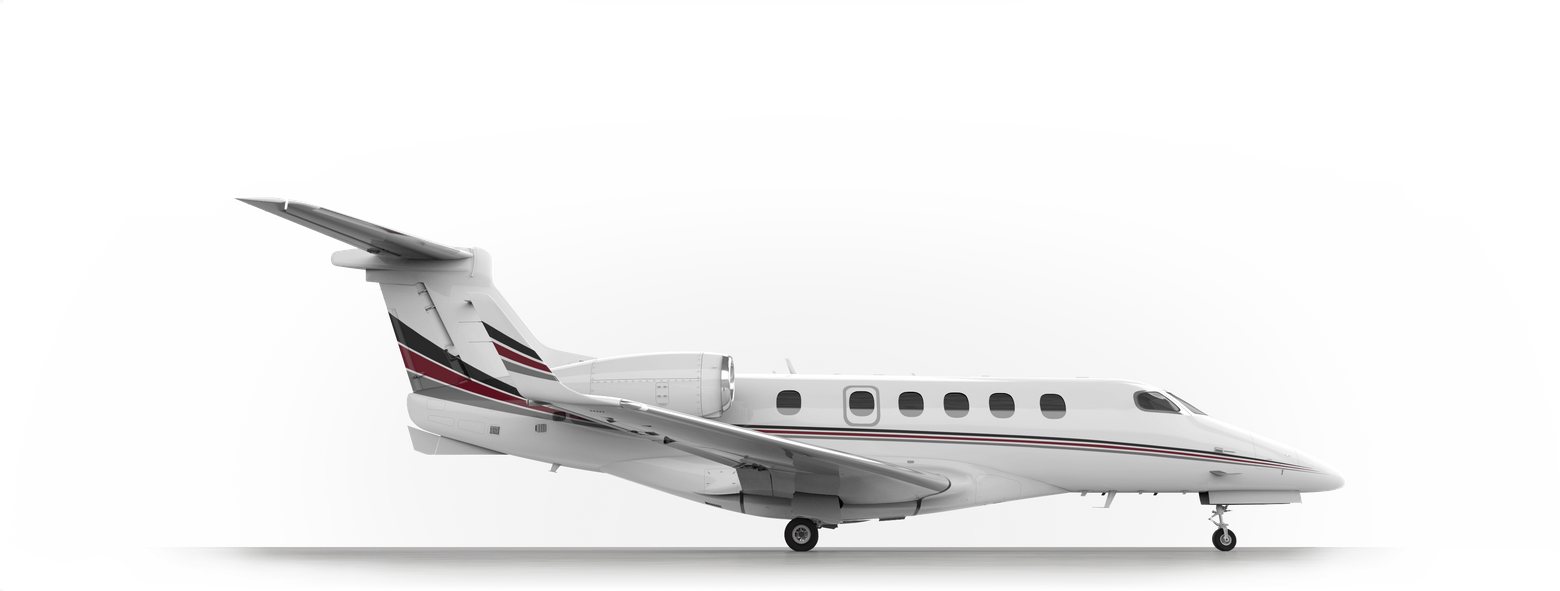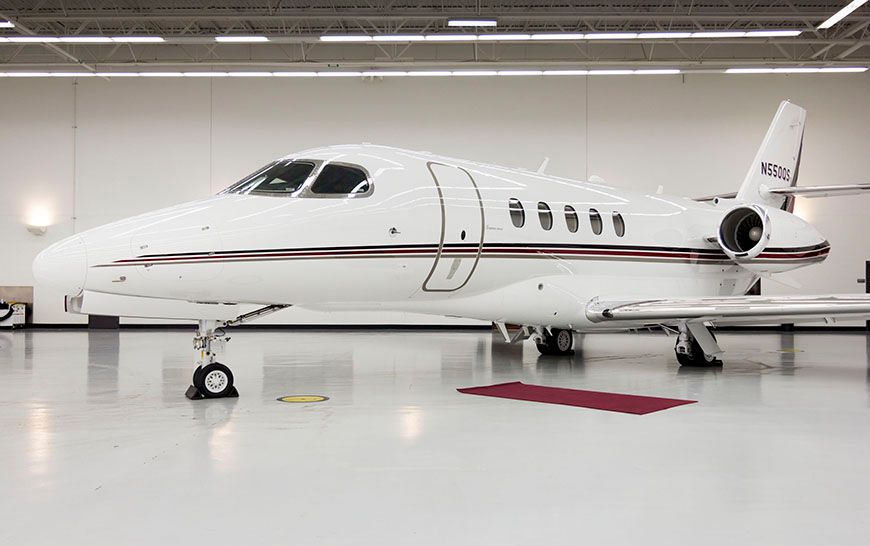Before discussing what aircraft are in NetJets fleet, let's first look at the parent company Berkshire Hathaway and see how its president and CEO, Warren Buffett, made it into a massive firm. Born in Omaha, Nebraska, on August 30th, 1930, Warren Edward Buffett was the only son of then-Republican Congressional representative Howard Buffet.
Warren Buffett's early education took place in and around Washington, DC, and when he finished high school, the aspiring businessman wanted to skip college but was overruled by his father. Buffet went to the Wharton School of the University of Pennsylvania for two years before transferring to the University of Nebraska. After getting his degree, Buffet then attended the Columbia Business School of Columbia University, where he studied under Benjamin Graham.
Buffet bought Berkshire Hathaway
After completing his studies, Buffet worked as a securities analyst before starting his own investment firm. In the 1960s, Buffet acquired a textile manufacturing company called Berkshire Hathaway, turned it into a multinational conglomerate holding company, and eventually became the 5th richest person in the world.
Acquisition of NetJets in 1998
Buffet's Berkshire Hathaway bought the corporate jet charter business NetJets in 1998. During the first decade of Buffet's ownership, NetJets struggled, posting a $711 million loss after the 2008 financial crisis.
In 2015 Buffet appointed Adam Johnson as CEO, who turned everything around to create the world's largest private business jet charter and aircraft management company.
NetJet divides its aircraft into five classes:
- Light
- Midsize
- Super-midsize,
- Large
- Long-range
Want answers to more key questions in aviation? Check out the rest of our guides here!
The NetJet fleet
Light
In its light class, NetJet utilizes the Embraer Phenom 300/E. Perfect for short-range flights, the Embraer Phenom 300/E can operate out of airports with short runways. The plane can carry up to six passengers and boasts a surprising amount of cargo space, given its small size. The Embraer Phenom 300/E is one of the company's most popular aircraft, so NetJets is working with the Brazilian plane maker to acquire more short-range jets.
Midsize
In its midsize fleet, NetJets offers five options, the first of which is the highly versatile seven-passenger Cessna Citation XLS. Next is the Cessna Citation Sovereign, an aircraft capable of flying non-stop for seven hours and 15 minutes.
Thirdly, another very popular aircraft in the NetJets fleet is the Cessna Citation Latitude.
Super-midsize
For the company's midsize fleet, NetJets features the nine-passenger Bombardier Challenger 350, a plane capable of flying from coast to coast in the United States. NetJets other super-midsize option is the Cessna Citation Longitude, an aircraft with one of the quietest cabins in its class capable of flying from mainland USA to Hawaii.
Large
Able to accommodate as many as 11 passengers, the transcontinental capable Bombardier Challenger 650 can cruise at a speed of 540 mph and stay airborne for up to eight hours. It can fly between the United States and Europe with a maximum range of 4643 miles.
Long-range
Passengers looking to fly long-haul, for example, between the United States and Asia, can opt for one of NetJets' long-range Bombardier aircraft. NetJet has multiple Bombardier jets in its long-range fleet, the Global 5500, Global 6000, and its flagship executive jet, the Global 7500.



